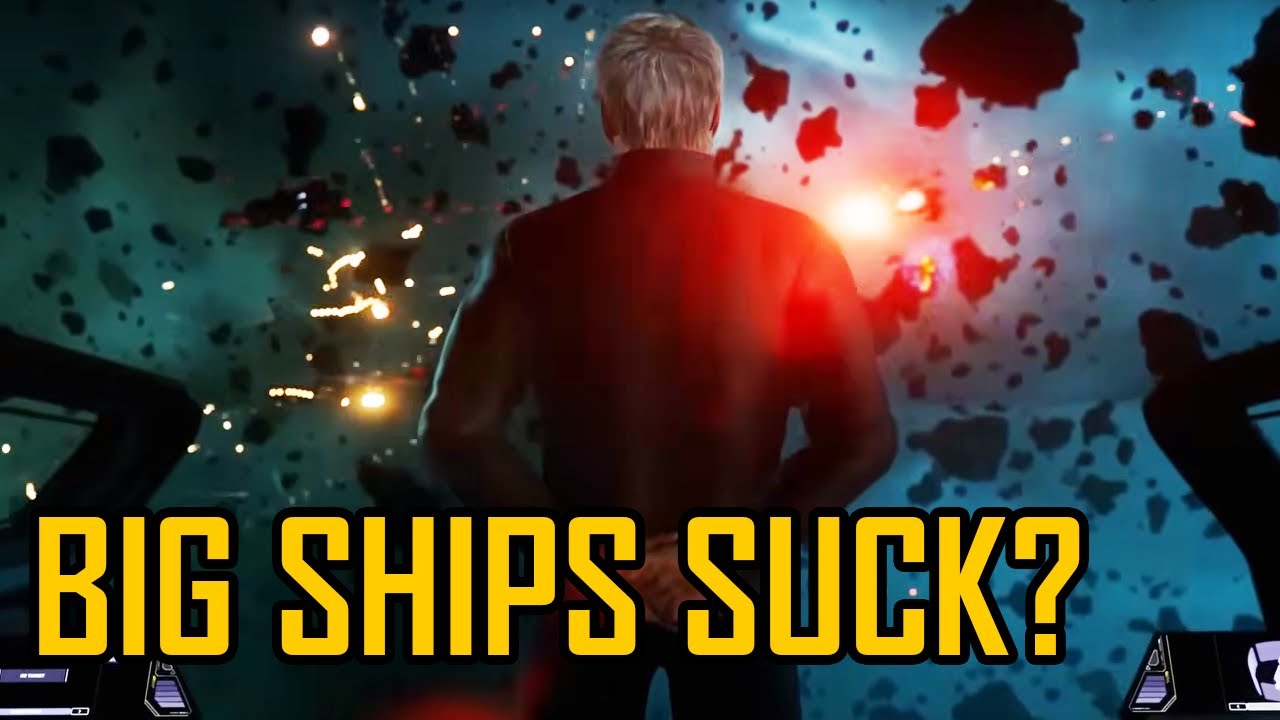The video from Nova Citizens critically examines the imbalance in Star Citizen’s multi-crew large ships, highlighting how they are often outperformed by smaller, more agile fighters despite their intended role. It proposes solutions like faster turret projectiles, improved targeting systems, and area denial capabilities to restore the viability and strategic value of big ships in combat.
The video titled “The Brutal Truth About Multi-Crew Ships in Star Citizen” from the small but growing Nova Citizens channel examines the current state and challenges of large multi-crew ships in the game, particularly focusing on the Hammerhead. It highlights a common frustration among players: despite the fantasy of commanding a massive vessel with friends manning turrets and coordinating attacks, large ships often end up being vulnerable “piñatas” easily destroyed by smaller, more agile fighter ships piloted by skilled players. This imbalance undermines the intended gameplay experience and raises questions about the viability of big ships in combat scenarios.
The core issue discussed is the inverted threat-to-value ratio in Star Citizen’s multi-crew combat. Unlike traditional military logic where coordinated units act as force multipliers, six players in a Hammerhead collectively perform worse than six players each piloting their own light fighters. This fundamental flaw means that large ships, even those marketed as anti-fighter platforms, fail to dominate smaller ships as expected. The video acknowledges that this imbalance is deeply ingrained and unlikely to be perfectly solved anytime soon due to the complexity of balancing armor, weaponry, and pilot skill without making either large or small ships overpowered.
To address these problems, the video proposes a three-pronged solution. First, turret projectile velocities on large ships should be significantly increased, leveraging the greater power generation capacity of capital ships to make their weapons more effective against fast-moving targets. Second, turret targeting systems need a complete overhaul, introducing advanced lead indicators and aiming assistance to help gunners track unpredictable enemy movements. Third, large ships should gain effective area denial capabilities, such as flak rounds, EMP charges, or guided submunitions, to create danger zones that force smaller ships to carefully consider their approach rather than simply circling around unharmed.
An intriguing aspect of the video is that its narration is AI-generated, which the reviewer initially found hard to believe due to the flawless delivery free of hesitations or accents. The content creator, likely European, utilizes AI voice technology to overcome language and accent barriers common for non-native English speakers, enabling clear and professional-sounding videos. This approach not only enhances accessibility but also demonstrates how AI can empower smaller content creators to produce high-quality, engaging material that resonates with the Star Citizen community.
Overall, the video offers a thoughtful and well-articulated critique of Star Citizen’s multi-crew ship mechanics, emphasizing the need for bold changes rather than incremental tweaks. It resonates with many players’ experiences and frustrations while providing constructive suggestions for improvement. The reviewer agrees with the assessment, particularly the call for more effective turret systems and area denial tools, and encourages viewers to share their thoughts on the future of the big ship meta in Star Citizen.
